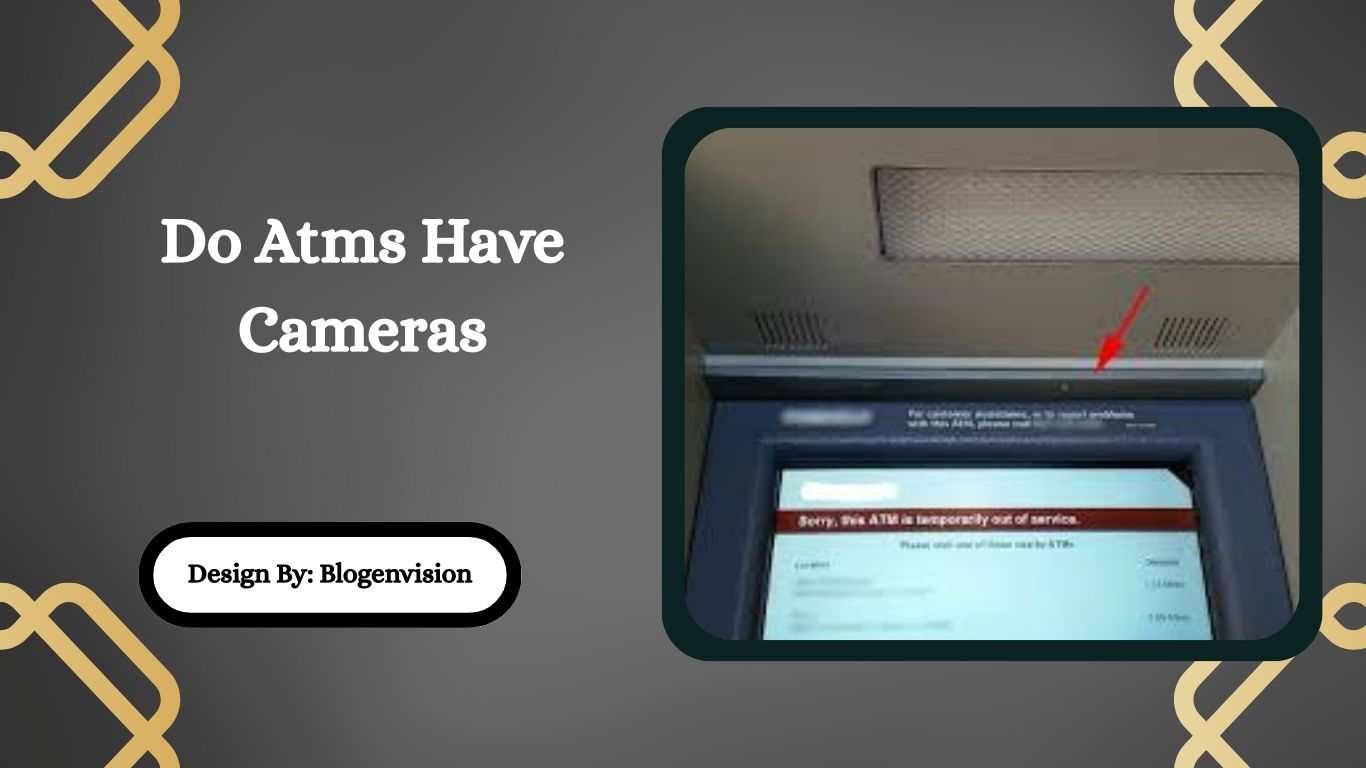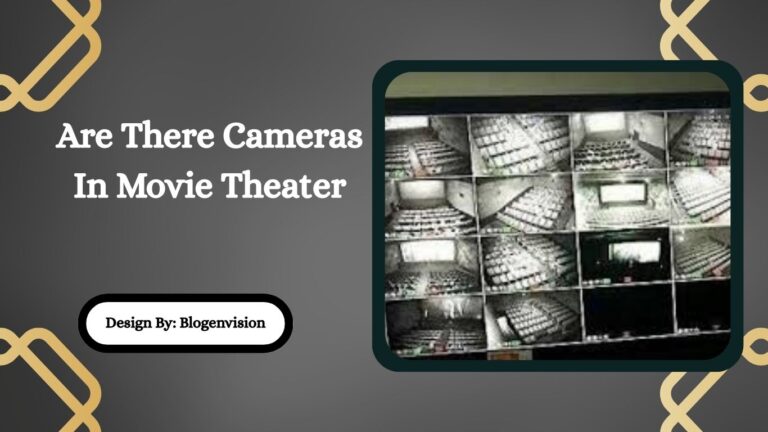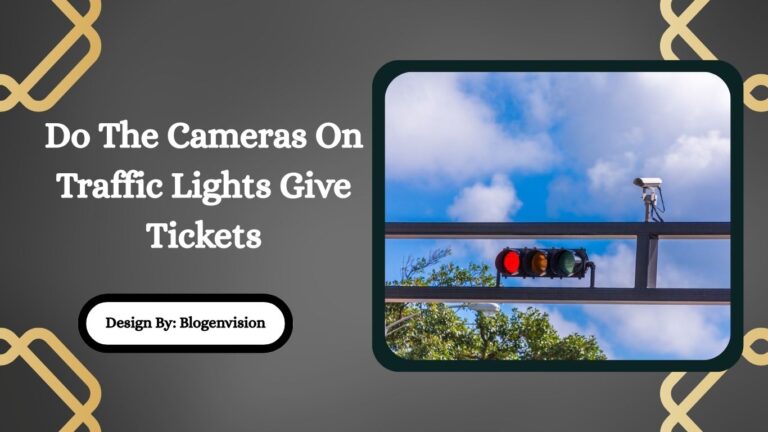Do Atms Have Cameras – Complete Security Guide!
ATMs have cameras for security, recording faces, card slots, and surroundings to prevent fraud and solve crimes. Footage is stored for months or years, accessible only to authorities. Modern ATMs use HD, night vision, and AI for enhanced safety.
Introduction
When you use an ATM to get cash, you might notice small black devices near the screen. These are security cameras. But why do ATMs need cameras? What do they record? And who can see the footage? Let me explain everything about ATM cameras in simple, easy-to-understand language.
Where Exactly Are the Cameras on an ATM?
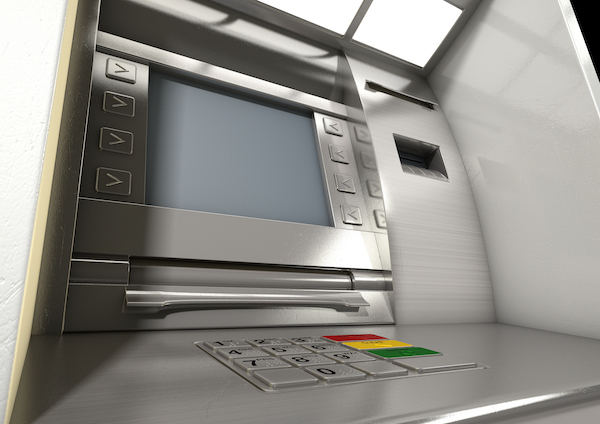
ATMs usually have cameras in three main places:
- Face cameras (most noticeable)
- Located above or beside the screen
- Points directly at your face
- Takes clear pictures even at night
- Card slot cameras
- Hidden above where you insert your card
- Watches for thieves trying to steal card info
- Can spot fake card readers (called “skimmers”)
- Area cameras
- Mounted on walls or ceilings nearby
- Shows the whole area around the ATM
- Records people waiting in line or sitting in cars
Why Do ATMs Need So Many Cameras?
Banks and stores put cameras on ATMs for four important reasons:
- Stop criminals – Bad people are less likely to steal or cheat if they know they’re being recorded
- Solve crimes – If someone robs an ATM user, the video helps police find them
- Prevent fraud – Catches thieves installing card skimmers
- Fix mistakes – Helps banks check when customers report problems
Studies show ATMs with good cameras have about one-third fewer crimes than those without cameras.
What Do ATM Cameras Actually Record?
The cameras capture:
- Your face and upper body
- What you’re wearing
- Your hand movements at the keypad
- Anyone standing near you
- Cars at drive-up ATMs
- The exact time and date
Important: ATM cameras don’t record sound – they’re video only. This is because of privacy laws.
Also Read: Ring Camera Alternative – Simple Guide to Home Security Options!
How Long Do Banks Keep the Videos?
Different types of footage are kept for different amounts of time:
| Type of Recording | How Long It’s Saved |
| Normal withdrawals | 1-3 months |
| Suspicious activity | 6 months to 1 year |
| Crime evidence | 2-5 years |
Most everyday ATM videos get automatically deleted after a few months unless needed for an investigation.
Can You Ask to See ATM Camera Footage?
Regular people usually can’t just ask to see ATM videos. The footage is only given to:
- Police with a court order
- Bank security workers
- Customers involved in fraud cases (through special requests)
If money was stolen from your account, the bank will check the videos but might not show them to you directly.
New Camera Technology in ATMs
Modern ATMs now have:
✔ Clear HD video (like smartphone cameras)
✔ Night vision (works in complete darkness)
✔ Smart software that notices strange behavior
✔ Face scanning in some countries (to match your ID)
These help fight against new cheating tricks thieves keep inventing.
Privacy Questions About ATM Cameras
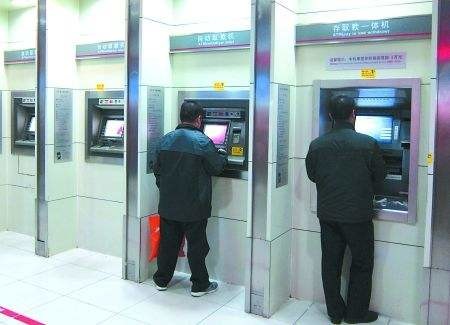
While cameras make ATMs safer, some people worry about:
- Banks having videos of their face
- Who else might see the recordings
- How the videos are protected
- If they’re used for anything besides security
Banks have strict rules about:
- Keeping videos private
- Not using them for advertising
- Deleting old footage
- Blurring other people’s faces in videos
Tips for Staying Safe at ATMs
Here’s how to protect yourself at ATMs with cameras:
- Cover your hand when typing your PIN
- Check the card slot for loose or odd parts
- Use ATMs inside banks (safer than street ones)
- Look around before using the ATM
- Check bank statements for strange charges
- Report anything suspicious to your bank right away
FAQs:
1. Do all ATMs have cameras?
Most ATMs, especially those owned by banks, have cameras for security. Standalone or older machines in low-risk areas may lack cameras, but they are becoming rare due to fraud risks.
2. Can ATM cameras see my PIN?
Yes, but banks design cameras to avoid direct PIN capture. Always cover the keypad with your hand to prevent hidden cameras or bystanders from recording your PIN.
3. Do ATM cameras work at night?
Yes, most have infrared or night vision to record clear footage in low light. This deters criminals who target ATMs during nighttime hours.
4. Who can access ATM camera footage?
Only authorized bank security staff and law enforcement (with a warrant) can access footage. Customers can request a review if fraud occurs but may not see the video directly.
5. Can ATM cameras detect skimmers?
Yes, hidden cameras near the card slot help banks spot skimming devices. If a skimmer is found, investigators check footage to identify suspects.
6. Are ATM cameras inside or outside the machine?
Some cameras are inside (facing the user), while others are external (monitoring the surrounding area). Drive-up ATMs often have additional overhead cameras.
7. Do ATMs use facial recognition?
Some modern ATMs in high-security areas use facial recognition to verify identity, but most only record video for security, not biometric scanning.
8. How can I avoid being recorded at an ATM?
You can’t fully avoid recording, but using indoor ATMs, covering your PIN, and checking for skimmers minimizes risks. Banks store footage securely and delete it after a set period.
Conclusion:
ATM cameras are crucial for preventing fraud, theft, and skimming, providing banks and law enforcement with vital evidence. While they raise privacy concerns, strict regulations ensure footage is used responsibly and securely. Modern advancements like HD recording and AI enhance safety without compromising user rights. To stay protected, always shield your PIN, inspect ATMs for tampering, and use indoor machines. Understanding how these cameras work helps users feel secure while benefiting from their essential role in financial safety.
